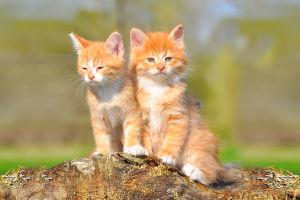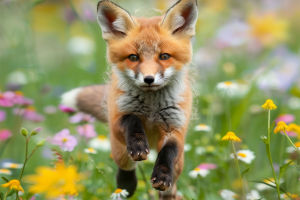If you've ever seen a graceful white bird standing by the water's edge, it might just be an Egretta, also known as the Little Egret. We’re about to take you on a journey to discover this remarkable bird, from its stunning appearance to its widespread journey across the world.
Let's dive into the details and explore how the Egretta has earned its place in various parts of the globe.
Appearance and Characteristics
The Egretta, scientifically known as Egretta garzetta, is a small-sized heron with striking features. This bird is entirely white, with slender black legs and a long black bill. In some populations, especially in the western regions, the Egretta's feet are tinged with yellow. These birds are well-adapted to their environment, with a sleek, elegant posture that makes them easy to spot near water bodies. Their legs are long, and their sharp beaks are perfect for fishing. This graceful creature adds a sense of beauty to the wetlands where it resides.
Habitat and Distribution
The Egretta’s habitat stretches across temperate to tropical regions. We find them in Asia, Africa, Australia, and Europe, especially in wetlands. As waterbirds, they thrive in shallow waters, hunting small creatures like fish and insects. Interestingly, the Egretta has expanded its range in recent decades. It has successfully become an introduced species in new areas, including the UK, where stable populations have now been established.
In warmer regions, most of the Egrettas remain year-round residents. However, the northern populations, particularly in Europe, migrate south to Africa and South Asia during the winter months. These migratory patterns are crucial for their survival, allowing them to avoid the harsh winter conditions and return to more favorable climates.
Breeding and Nesting
One of the fascinating behaviors of the Egretta is its social nature during the breeding season. These birds are often found nesting in colonies, alongside other waterfowl. They build their nests in trees, shrubs, or reed beds using sticks. Each nest usually holds between three to five blue-green eggs, which both parents take turns incubating for about three weeks. The hatchlings are not born with feathers but begin to grow them after about six weeks, making the transition to adult feathers a crucial milestone in their development.
Conservation and Population Status
Historically, the Egretta was a common species in Western Europe. However, in the 19th century, it faced a drastic decline due to overhunting for its feathers, which were used to decorate hats. This led to its local extinction in parts of northwestern Europe. Yet, thanks to conservation efforts in the mid-20th century, populations began to recover. By the 21st century, the Egretta was once again breeding in countries like France, the Netherlands, Ireland, and the UK.
The Egretta has also spread to new territories across the globe. It was first recorded in Barbados in 1954 and began breeding there in 1994. As of now, the International Union for Conservation of Nature (IUCN) lists the Egretta as "Least Concern," signaling that their population is stable and they are not currently at risk.
Migration and Global Expansion
While many of the Egretta's populations are migratory, they exhibit fascinating patterns of expansion. In the summer months, some individuals venture to northern regions, contributing to their gradual range expansion. This wandering tendency has allowed the species to establish populations in areas previously uninhabited by Egrettas.
The Egretta’s success as an introduced species is truly remarkable. Its ability to adapt to new environments, along with its relatively stable population trends, demonstrates the species' resilience. We can also observe that these birds have become a symbol of the natural beauty and biodiversity of wetland ecosystems.
Final Thoughts
To wrap things up, the Egretta, or Little Egret, is far more than just a striking bird to admire. With its graceful presence, intriguing behaviors, and successful adaptation to different regions, the Egretta has firmly established itself in the natural world. Whether you're spotting it in its natural wetlands or in a new, unfamiliar place, this bird never fails to captivate.
We hope this article has helped you appreciate the Egretta's fascinating journey and its continued global presence. So, the next time you find yourself by water, take a moment to see if you can spot an Egretta living its best life!
Lykkers, don’t forget to keep your eyes peeled—you might just get lucky and witness this beauty in action!


